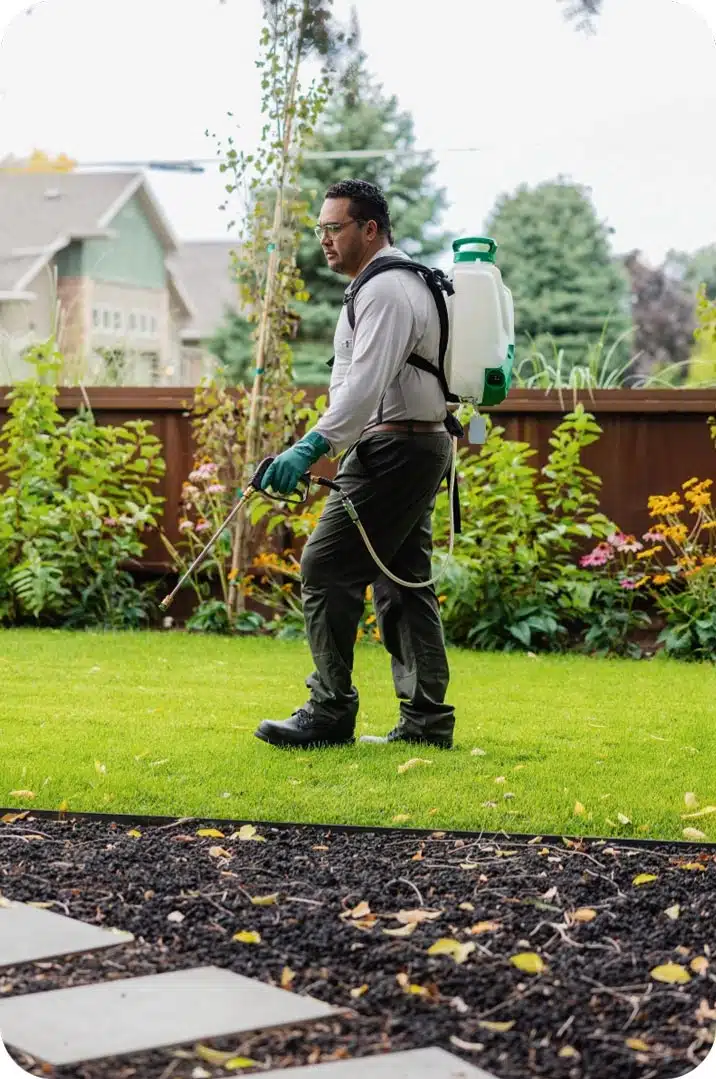Specialist A1 Charlotte Bed Bug Exterminator - Quality Service Guaranteed
Specialist A1 Charlotte Bed Bug Exterminator - Quality Service Guaranteed
Blog Article
Bed Pest Treatment Failure: Contrasting Chemical Vs. Non-Chemical Solutions
In the world of parasite control, especially when taking care of the consistent problem of bed insects, the choice between chemical and non-chemical treatment services can be an essential one. Both approaches provide distinctive advantages and disadvantages, influencing aspects such as performance, security factors to consider, and overall price. By analyzing the nuanced information of each approach, a clearer understanding of which path to seek in addressing a bed bug problem can be acquired.
Effectiveness of Chemical Therapies
Chemical treatments for bed insect invasions have actually been commonly acknowledged for their rapid and powerful effectiveness in getting rid of these pests. When considering the performance of chemical treatments, it is critical to comprehend that they can provide a quick and comprehensive service to a bed insect problem.
Additionally, chemical treatments have the benefit of supplying recurring impacts, suggesting that they can proceed to remove bed pests even after the initial application. This residual action is specifically useful in combating any kind of possible re-infestations. In addition, the fast action of chemical therapies can bring relief to individuals dealing with extreme bed bug infestations, allowing them to gain back control of their home quickly.
Safety Interest In Chemical Solutions
When utilizing chemical services for bed insect treatment is guaranteeing the safety of occupants and the setting,One critical facet that requires mindful consideration. While chemical therapies can be efficient in eliminating bed insects, they might present threats if not handled appropriately. One of the primary security worry about chemical solutions is the potential harm they can cause to human health and wellness. Exposure to specific chemicals utilized in bed pest treatments can result in respiratory system issues, skin irritability, or various other unfavorable responses, specifically in people with pre-existing problems or sensitivities. In addition, inappropriate application or dose of chemical pesticides can lead to hazardous residues sticking around in the cured location, presenting long-term wellness threats to occupants.
Additionally, the ecological impact of chemical solutions is another significant factor to consider. Some chemicals made use of in bed pest therapies might be dangerous to valuable insects, wild animals, and communities if they leach right into the soil or water supply. It is essential to make use of chemical treatments carefully, following security standards, and thinking about less toxic choices to minimize these threats and ensure the reliable and risk-free management of bed insect problems.
Advantages of Non-Chemical Methods
Taking into consideration the prospective safety problems and environmental influence associated with chemical solutions for bed pest treatment, exploring non-chemical approaches provides an appealing choice with several distinct benefits. Non-chemical treatments are environmentally friendly, as they do not contribute to air or water air pollution, making them a sustainable option for parasite control.
Additionally, non-chemical remedies can be efficient in targeting bed insects, including hard-to-reach locations where chemical treatments may not pass through - A1 pest control services charlotte. Techniques such as warmth treatment, vacuuming, vapor cleansing, and mattress coverings provide extensive elimination without the use of dangerous chemicals.
Limitations of Non-Chemical Treatments

Additionally, non-chemical treatments frequently require several applications to accomplish effective removal. This can be lengthy and may not always ensure complete elimination of all bed insects and their eggs, especially in surprise or hard-to-reach places.
In addition, the success of non-chemical treatments heavily counts on proper execution and thoroughness, which can be challenging for people without specialist experience. Insufficient application of non-chemical techniques might cause incomplete elimination, causing relentless infestations and the need for extra therapies.
Consequently, while non-chemical treatments have their advantages, it is vital to acknowledge these restrictions and consider them when figuring out one of the most reliable technique for handling bed pest problems.
Cost Contrast: Chemical Vs. Non-Chemical Options
Provided the limitations connected with non-chemical therapies, a vital facet to evaluate in the context of bed pest monitoring is the expense contrast in between chemical and non-chemical options. Chemical treatments typically entail the application of pesticides by professionals, which can vary from $250 to $900 per space, depending on the severity of the infestation and the dimension of the area to be dealt with. On the other hand, non-chemical therapies like warmth treatment or steam can be extra costly, with prices ranging from $1,000 to $6,000 for an entire home. While the initial cost of chemical therapies may seem reduced, numerous therapies may be needed to completely eradicate the problem, possibly boosting the total cost. On the various other hand, non-chemical choices might offer a more environmentally friendly and lasting service, although they can be cost-prohibitive for some people. Eventually, Clicking Here when considering the expense of bed bug treatment choices, it is necessary to weigh the in advance costs versus the efficiency and long-term sustainability of the picked technique.
Final Thought

Taking into consideration the possible safety concerns and ecological influence Related Site connected with chemical solutions for bed insect therapy, exploring non-chemical strategies provides an encouraging option with numerous distinct benefits.Given the constraints connected with non-chemical treatments, a vital element to assess in the context of bed bug administration is the price contrast in between chemical and non-chemical choices. In contrast, non-chemical treatments like warm therapy or heavy steam can be more costly, with expenses ranging from $1,000 to $6,000 for an entire home. While the first expense of chemical therapies might seem lower, several therapies may be required to fully get rid of the problem, possibly increasing the general cost.In conclusion, when comparing chemical and non-chemical bed bug treatment options, it is necessary to take into consideration efficiency, security, benefits, restrictions, and expense.
Report this page